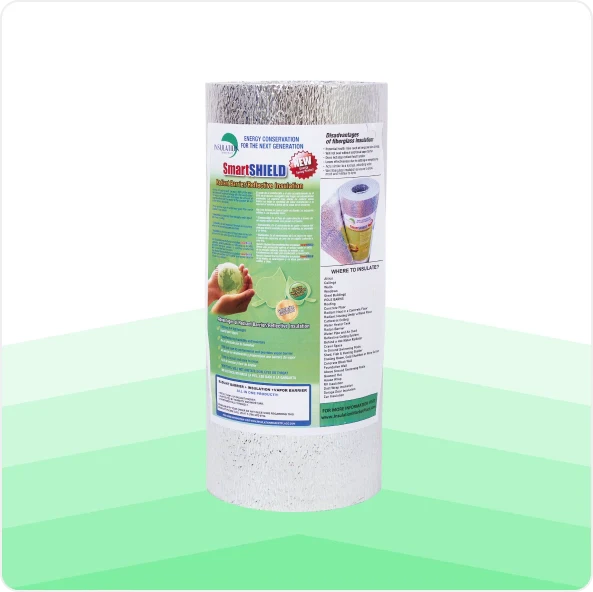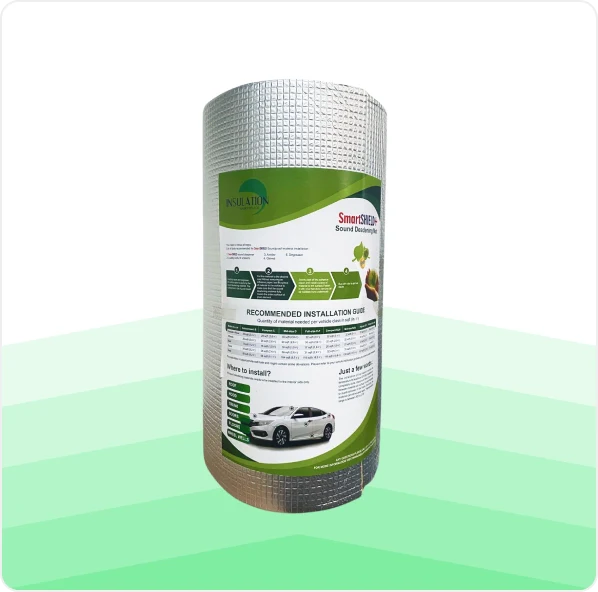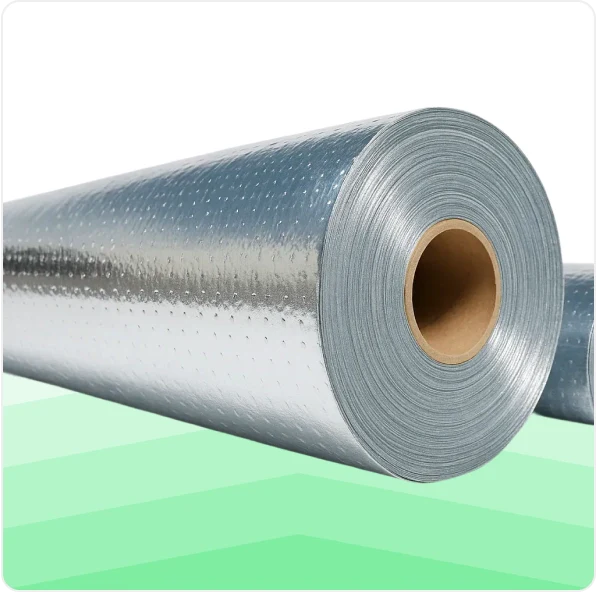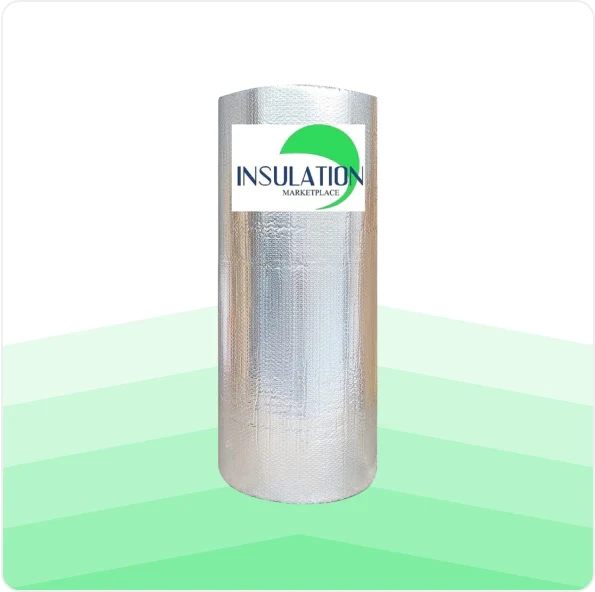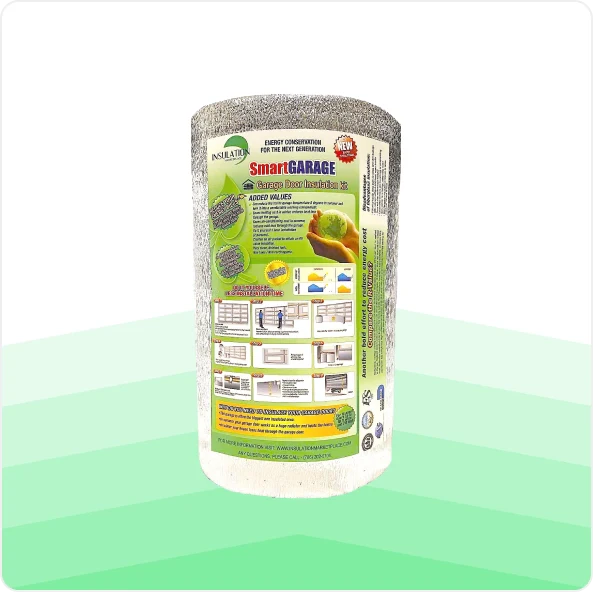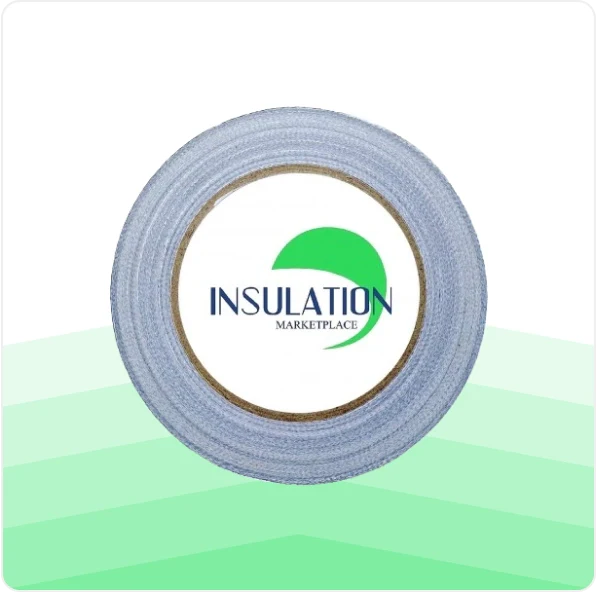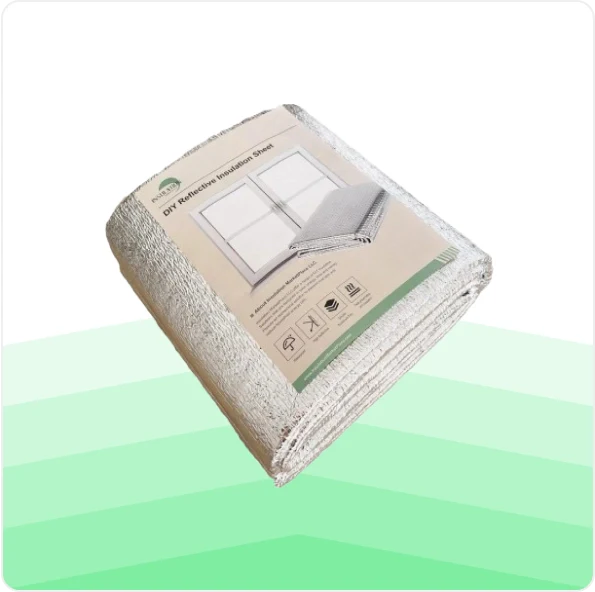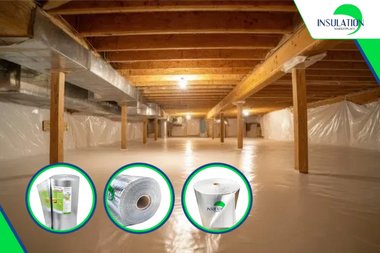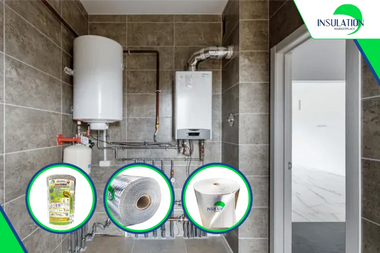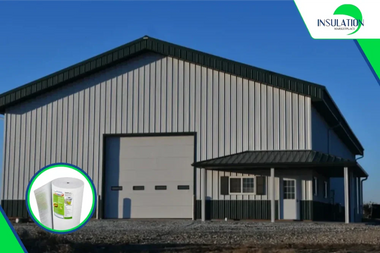During summer, attics can reach extreme temperatures that make them one of the hottest spaces in a home. If you’re wondering how hot do attics get in summer, the quick answer is:
Most attics reach 120–150°F on a typical summer day, and in hotter regions, temperatures can exceed 160°F.
That’s often 40–60 degrees hotter than the outside air, creating heat buildup that affects your comfort, your cooling costs, and even the lifespan of your roof.
Why Do Attics Get So Hot?
Several factors cause attics to trap heat:
- Solar radiation: Roof materials absorb sunlight and transfer heat into the attic.
- Roof color and material: Dark asphalt shingles hold more heat than lighter roofing.
- Poor ventilation: Without airflow, heat gets trapped and accumulates.
- Lack of insulation: Gaps or thin insulation allow heat to transfer easily into living areas.
When these factors combine, your attic essentially acts like an oven sitting above your home.

Average Summer Attic Temperatures
So, how hot do attics get in summer in real numbers? In most parts of the United States, attic temperatures can reach between 120 and 150 degrees Fahrenheit on a typical summer day. In particularly hot or humid climates, especially in the southern and southwestern states, attic temps can soar even higher, exceeding 160 degrees.
For comparison, if the outside temperature is 95 degrees, a poorly insulated attic with no ventilation might be 50 to 60 degrees hotter than the outdoor air. That kind of heat buildup is not just uncomfortable; it puts serious strain on your home’s cooling system and energy consumption.
The Impact of Attic Heat on Your Home
When your attic reaches temperatures over 130 degrees, that heat starts to affect the floors and ceilings directly beneath it. Bedrooms, upstairs hallways, and second-story living areas all begin to warm up. Your air conditioning system has to run longer and harder to keep the home cool.
This can lead to:
- Higher monthly energy bills
- Increased wear and tear on your HVAC unit
- Uneven cooling throughout the house
- Hot spots in upper-level rooms
- Premature aging of roofing materials and attic ducts
If your attic is not properly insulated or sealed, it essentially acts like a giant oven sitting right on top of your home.
Read more: How Hot Does an Attic Get?
Why Attic Heat Matters in The Long Run
Excessive attic heat doesn’t just affect your comfort and utility bills; it can also shorten the life of your roof and mechanical systems. Prolonged exposure to high temperatures can cause shingles to warp, underlayment to degrade, and ducts to expand or crack. Your air conditioning system will also suffer from frequent cycling, increasing maintenance needs and reducing its lifespan.
By keeping attic temperatures under control, you protect not only your energy budget but also the structural integrity of your home.
How to Keep Attics Cooler in Summer
You can significantly reduce attic temperatures with these proven strategies:
1. Install Reflective Insulation
Products like SmartSHIELD and SmartBUBBLE reflect up to 97% of radiant heat, keeping attic air much cooler.
2. Seal Air Leaks
Close gaps around vents, ductwork, and attic hatches with reflective tape or sealant.
3. Add Ventilation
Ridge vents, soffit vents, or attic fans improve airflow and release hot air buildup.
4. Insulate the Attic Door
Use a cover like SmartATTIC to stop heat from leaking through attic stairs or access panels.
How To Reduce Attic Heat in Summer
If you’re trying to lower attic temperatures and improve your home’s energy efficiency, there are several effective ways you can use.
Add reflective insulation
Installing high-performance reflective insulation products like SmartSHIELD or SmartBUBBLE can make a major difference in how much heat your attic absorbs and retains. These materials are easy to install, safe to handle, and provide long-lasting thermal protection in both hot and cold climates.
SmartSHIELD, made with double-sided reflective foil and a closed-cell polyethylene foam core, is ideal for reducing heat gain in attics. SmartBUBBLE uses a similar reflective surface with a bubble-layer core to further reduce radiant and conductive heat transfer.
Seal air leaks
Gaps and cracks around attic hatches, ductwork, and vents allow hot air to seep into the living space below. Use reflective tape or sealant to close off these gaps and create a tighter building envelope.
Add attic ventilation
Good airflow is essential for regulating attic temperature. Ridge vents, soffit vents, or powered attic fans can help remove hot air from the attic and bring in cooler outside air. While ventilation alone won’t keep the attic cool, it works best in combination with reflective insulation.
Install attic door insulation
The attic access door is a common weak point where attic heat can sneak into your home. Using a specialized attic door insulation cover, such as SmartATTIC, can prevent hot air from leaking into your hallways or bedrooms. These covers are lightweight, easy to install, and designed to fit snugly over pull-down stairs or scuttle hole openings.

Why Insulation Is the Smartest Fix
The most effective way to reduce attic temperatures is by installing high-quality insulation. Specifically, reflective insulation is designed to reflect radiant heat away from your attic space instead of absorbing it like traditional materials.
Reflective insulation works by bouncing radiant energy back toward the roof rather than allowing it to pass into the attic. This keeps the air temperature lower and prevents that heat from radiating down into your home.
Products like SmartSHIELD and SmartBUBBLE use engineered foil and closed-cell polyethylene or bubble cores to provide an excellent barrier against radiant and conductive heat. These materials are lightweight, easy to install, and highly effective in both hot and cold climates.

Take Control of Summer Attic Heat
If you have ever stepped into your attic on a summer afternoon, you already know how extreme the heat can get. But knowing how hot do attics get in summer is just the first step. Taking action with the right insulation makes all the difference.
Whether you are building a new home or upgrading your current one, installing high-quality reflective insulation is one of the smartest energy decisions you can make.
For homeowners ready to take control of attic heat, InsulationMarketPlace offers proven, DIY-friendly insulation products like SmartSHIELD, SmartBUBBLE, SmartFOIL and attic door insulation kits. Explore our full selection at Insulation MarketPlace and get your home ready for a cooler, more efficient summer.

